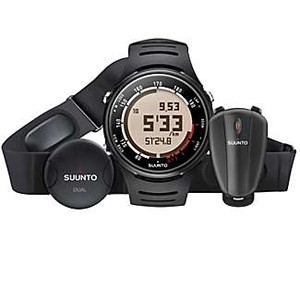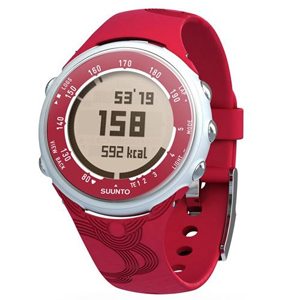NASCAR and Heart Rate
“Gentlemen Start Your Engines!” These are the most famous words in motor sports racing and should be the mantra to any individual looking to fine tune their performance as an endurance athlete. Believe it or not NASCAR and endurance sports have more in common than most people realize or care to admit.
I have not always been a fan of NASCAR, but over the past few years, thanks to a good friend, I have become a fan of the sport. I love the lingo and the strategy involved in the sport. I love the loyalty fans have to their drivers and their distaste for other drivers. Let’s face it, I am a fan of racing and I have enjoyed learning and watching the races shake out. Many NASCAR drivers run on a regular basis and are actually pretty quick. They may not win your local 5K, but they are near the front, with reports of some of the drivers running in the 17-18 minute range. However, this blog is not about their dedication to being in great cardiovascular fitness. Believe it or not it is the driver and his knowledge of his car that drives this blog.
Many of you may or may not know this but NASCAR cockpits do not have a speedometer. The speeds they announce on TV are recorded from the outside. But inside the car itself the driver only has a sense of how fast he is going. The one device that dictates how hard they can push their car is the tachometer. The tachometer measures the engine’s RPMs and basically tells how hard the machine is working. As a runner and triathlete, I have come to use my body like I am in the driver’s seat of a NASCAR machine. I have done this by looking at the single most important gauge in my body, my heart rate.
With a huge jump in focus on speed and distance monitors, I have found that these devices will never help you improve and achieve as much as a good heart rate monitor will. A heart rate monitor is your own little tachometer, telling you how hard your body is working. How fast you are running is irrelevant if your engine is red-lining in order to hit the pace you wish you could be running. By becoming more familiar with your heart rate and training according to your bodies limits you will see the greatest improvement in your training and racing. Not only will you run the performance you were hoping for, but you will be able to monitor your race more effectively and understand why things are or are not going well.

I have been using a Suunto monitor for the past two years and have really loved using it in training and racing. I often laugh to myself when I overhear people talk about their race and how they were running their goal pace only to find that they couldn’t sustain it anymore. If they were paying attention to their heart rate they would have realized that maybe their goal pace is not a pace their body, or engine, is ready for yet. One feature I love about my Suunto is called the training effect or TE. Basically, it scores your workout and depending on that score you will know if you have maintained or improved your fitness. I have had fun training and seeing how my workouts are scored, and then taking that positive feedback into racing. More importantly, I have been able to translate the knowledge I gain from training to racing, helping me have a better race. I have devices that tell me my speed, but I never look at them until the race or workout is over. Like in NASCAR, I look at my heart rate to know if what I am doing is on pace or not because my body will only perform as fast as it is prepared to handle.

If you are looking to get the most out of your training then I strongly suggest you start training with a strap on your chest and start getting some feedback on how hard your engine is working. Like in NASCAR, it is the driver who has the best feel for his car that is usually victorious. In the words of Darrell Waltrip, “pull those belt straps tight one more time. BOOGITY! BOOGITY! BOOGITY! Let’s go racing boys!”
